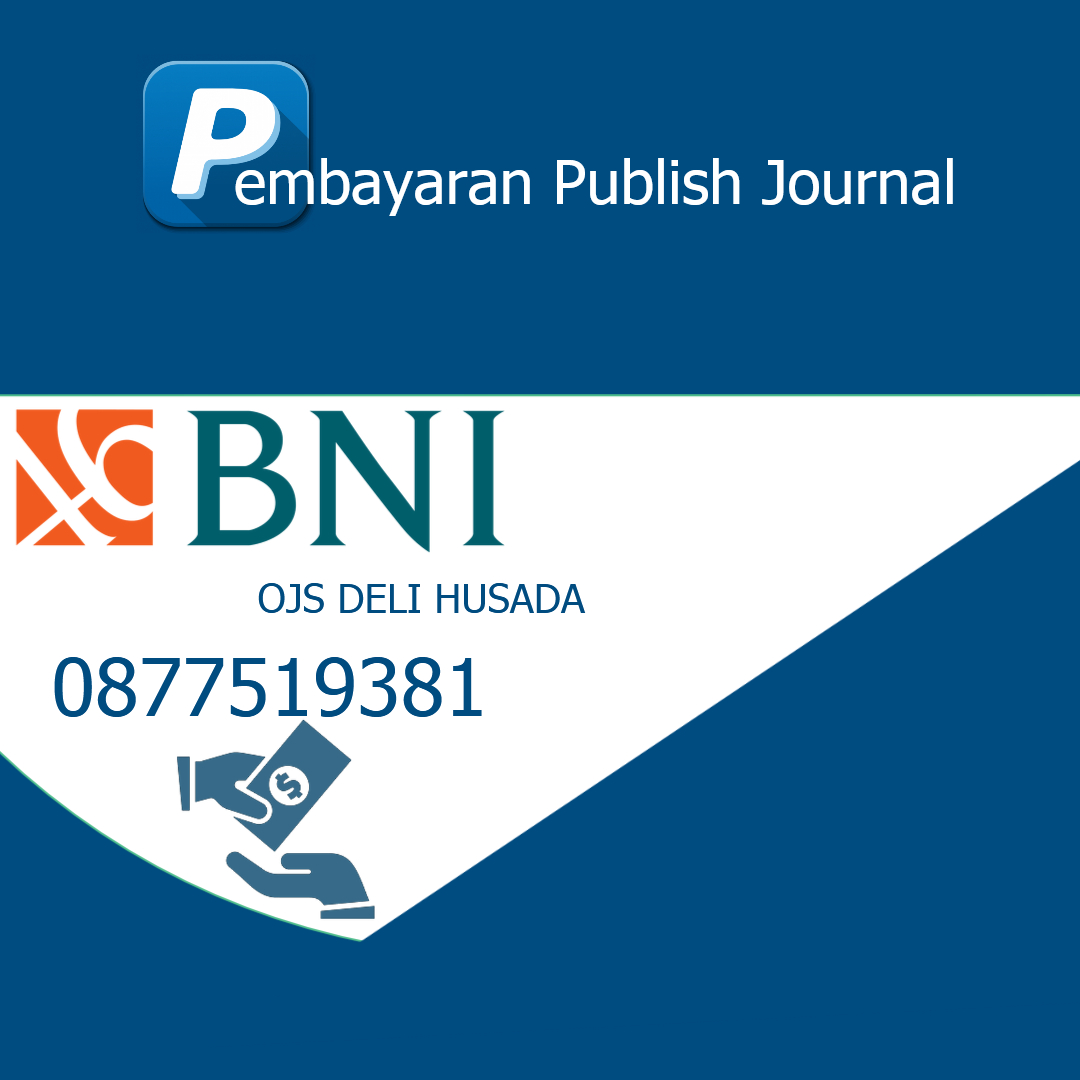ANALISIS PENERAPAN SISTEM MANAJEMAN KESELAMATAN DAN KESEHATAN KERJA (SMK3) DI PT. WIKA BK KSO PROJECT BENDUNGAN LAUSIMEME KABUPATEN DELI SERDANG TAHUN 2023
Abstract
According to NIOSH construction is one of the most dangerous jobs in the world, resulting in the highest death rate of any sector. The risk of falling is the highest cause of accidents. The Employment Social Security Administration Agency (BPJS) throughout 2018 recorded 157,313 work accident cases that occurred in Indonesia. Therefore, the government as state organizers has an obligation to provide protection to workers. This is realized by the government with the issuance of regulations such as RI Law no. 1 of 1970 concerning work safety, and Government Regulation No. 50 of 2012 concerning the Occupational Safety and Health Management System (SMK3). The purpose of this research is to analyze how the implementation of SMK3 in PT. WIKA BK KSO Lausimeme Dam Project, Deli Serdang Regency, in 2023. The research design uses a mixed methods research method between quantitative methods and qualitative methods to be used together. Research informants as many as 4 people. The results of this study obtained the Implementation of Policy, Planning, Implementation of Performance Monitoring and Evaluation Plans and Reviewing and Improving the Performance of the Occupational Safety and Health Management System at PT. WIKA BK KSO The Lausimeme Dam Project has been fulfilled or implemented, it's just that the implementation of the SMK3 has not gone according to target. The conclusion in this study is the level of implementation of the Occupational Safety and Health Management System (SMK3) at PT. WIKA BK KSO Lausimeme Project is the achievement of (GOOD) implementation with a percentage of 71% conforming implementation and 29% non-compliance findings.
References
Dani Cecep, 2019. K Wieke Yuni Christina eselamatan dan Kesehatan Kerja., Yogyakarta: Erlangga.Peraturan Pemerintah Republik Indonesia Nomor 50 Tahun 2012 Tentang
Ervianto. 2005. Manajemen Proyek Konstruksi (Edisi Revisi). Yogyakarta: Andi.
Herlinawati, H., & Zulfikar, A. S. (2017). Analisis Penerapan Sistem Manajemen Keselamatan dan Kesehatan Kerja (SMK3). Jurnal Kesehatan, 8(1), 895-906.
Herlinawati, H., & Zulfikar, A. S. (2017). Analisis Penerapan Sistem Manajemen Keselamatan dan Kesehatan Kerja (SMK3). Jurnal Kesehatan, 8(1), 895-906.
ILO, I. L. (2013). Keselamatan dan Kesehatan Keja di Lingkungan Kerja. Jakarta: International Labour Office.
NIOSH 2016, Criteria for a Recommended Standard: Occupational Exposure to Heat and Hot Environments, diakses 18 Februari 2019. https://www.cdc.gov/niosh/docs/2016-106/pdfs/2016 106.pdf?id=10.26616/NIOSHPUB2016106 (Diakses: 18 Februari 2019).
NIOSH 2016, Criteria for a Recommended Standard: Occupational Exposure to Heat and Hot Environments, diakses 18 Februari 2019. https://www.cdc.gov/niosh/docs/2016-106/pdfs/2016
OHSAS 18001 Sistem Manajemen Keselamatan dan Kesehatan Kerja di tempat kerja/ perusahaan.
OHSAS 18001 Sistem Manajemen Keselamatan dan Kesehatan Kerja di tempat kerja/ perusahaan
Penerapan Sistem Manajemen Keselamatan dan Kesehatan Kerja.
Peraturan Pemerintah Republik Indonesia Nomor 50 Tahun 2012 Tentang Penerapan Sistem Manajemen Keselamatan dan Kesehatan Kerja.
Tarwaka, P. M. (2014). Keselamatan dan Kesehatan Kerja (K3) Manajemen dan Implementasi K3 di Tempat Kerja. Surakarta: Harapan Press Surakarta
UU No. 1 tahun 1970 tentang Keselamatan Kerja.






